- Joined
- Mar 28, 2001
- Messages
- 6,341
LOL... when people start walking around with the latest version of DiamCalc 3 beta attached to their pupils I''ll worry about it.Date: 1/19/2008 12:49:03 AM
Author: Garry H (Cut Nut)
Aha - I just compared the lighting schemes in the older DC3 and the Beta version I am trialing at present Storm.Date: 1/19/2008 12:42:34 AM
Author: Garry H (Cut Nut)
Is that last image the same stone Storm?
It looks nothing like my DiamCalc image with ASET 30
The back light is brighter on the lastest (not released yet) version.
Interesting.
But the dark zone data is unchanged
Strms examples are taken from a model based off a Heliium scan.
If you examine the actual DiamXray photography of that diamond and compare it to the IdealScope view based on the Helium model you will note the similarity.
That diamond exhibits no excessive leakge under the table unless red is now interpreted to mean leakage.

If that is the results of the latest DiamCalc 3 I can tell you *it is inaccurate*. I know what excessive leakage looks like in a diamond and this Asscher does not exhibit that.

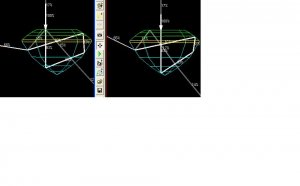
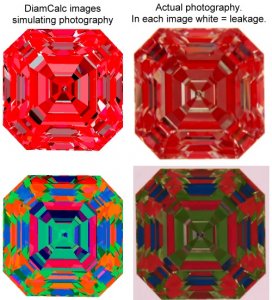




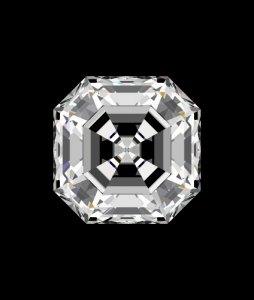
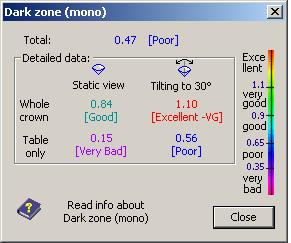
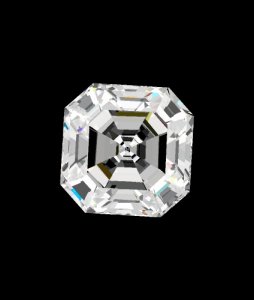
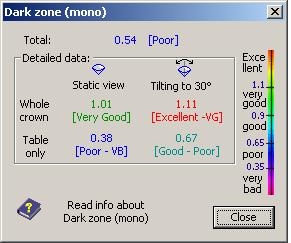

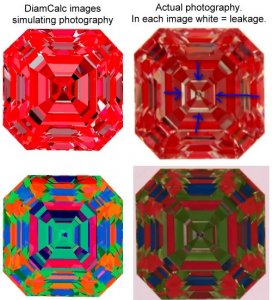




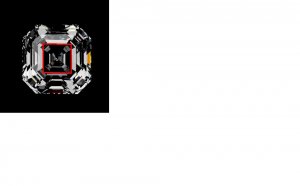
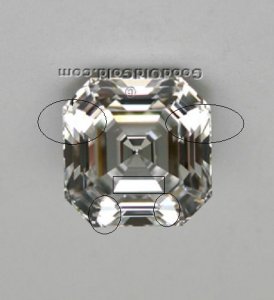

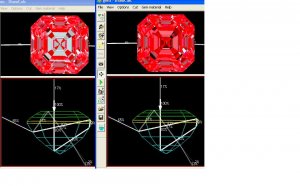


300x240.png)